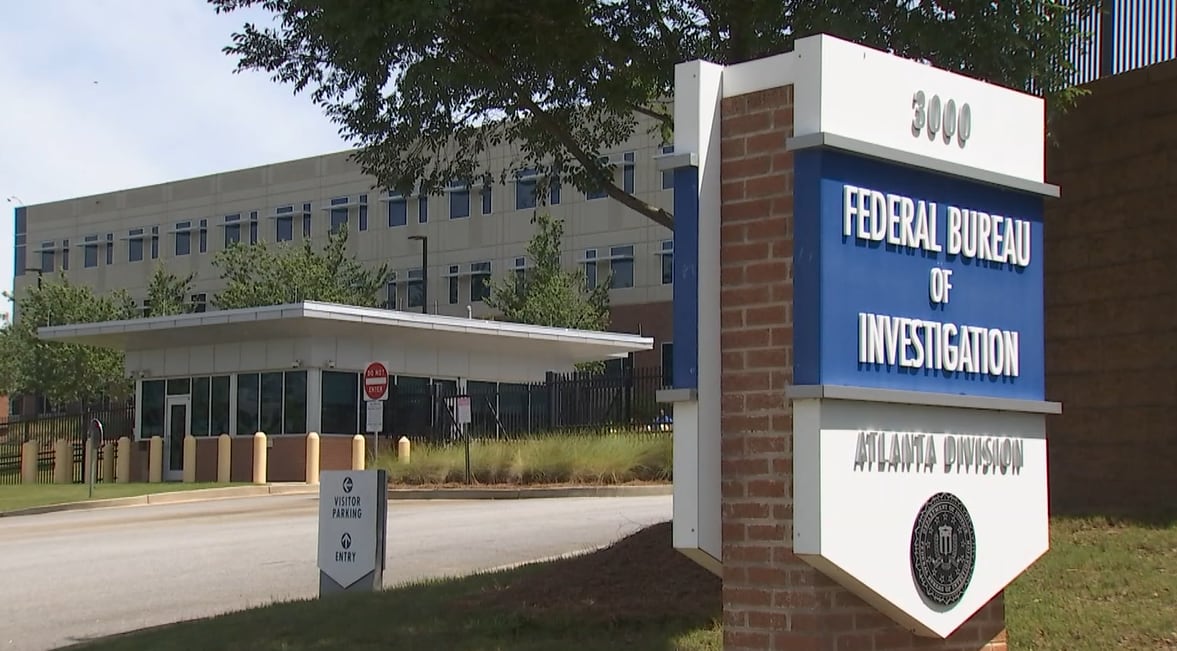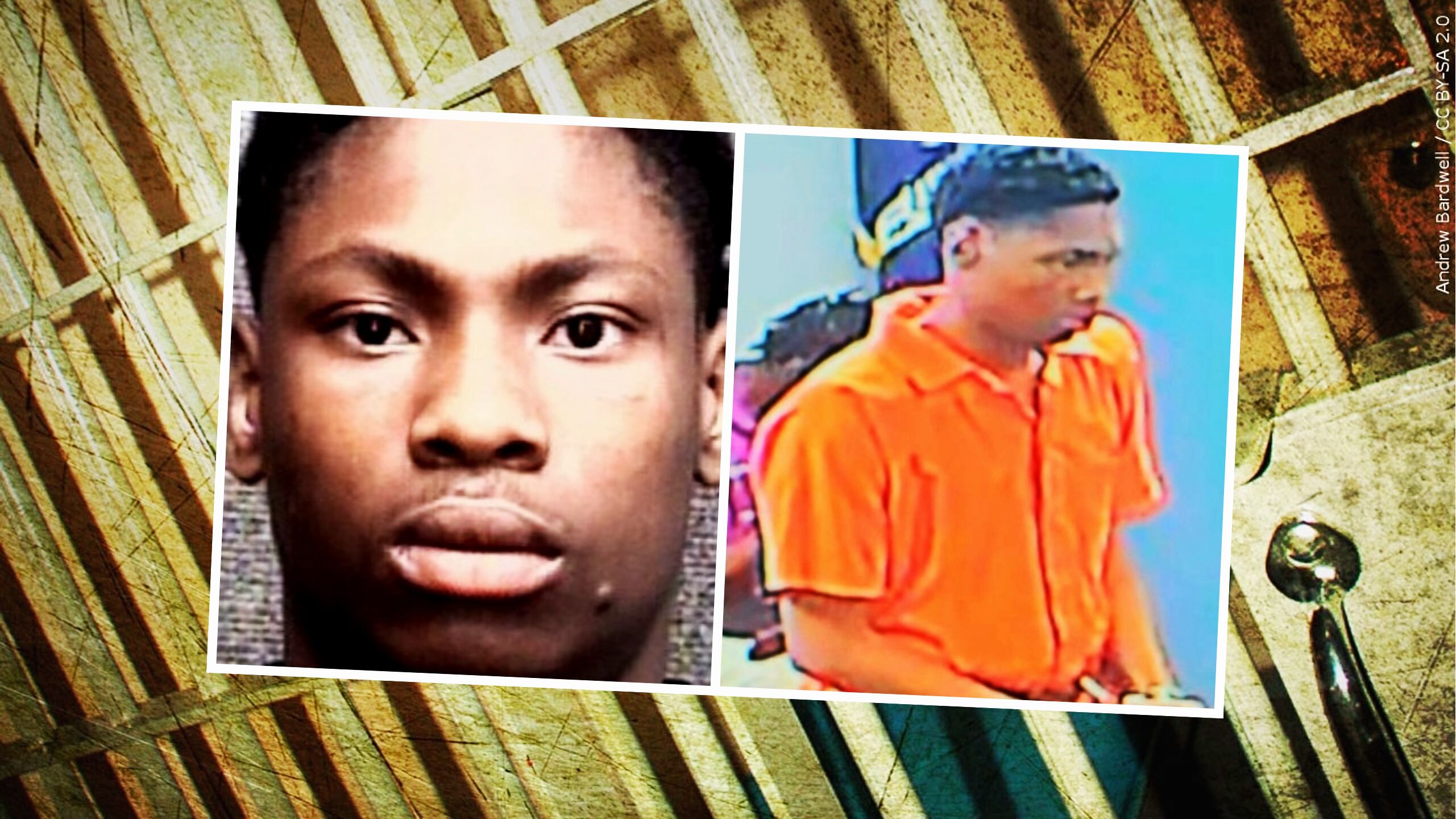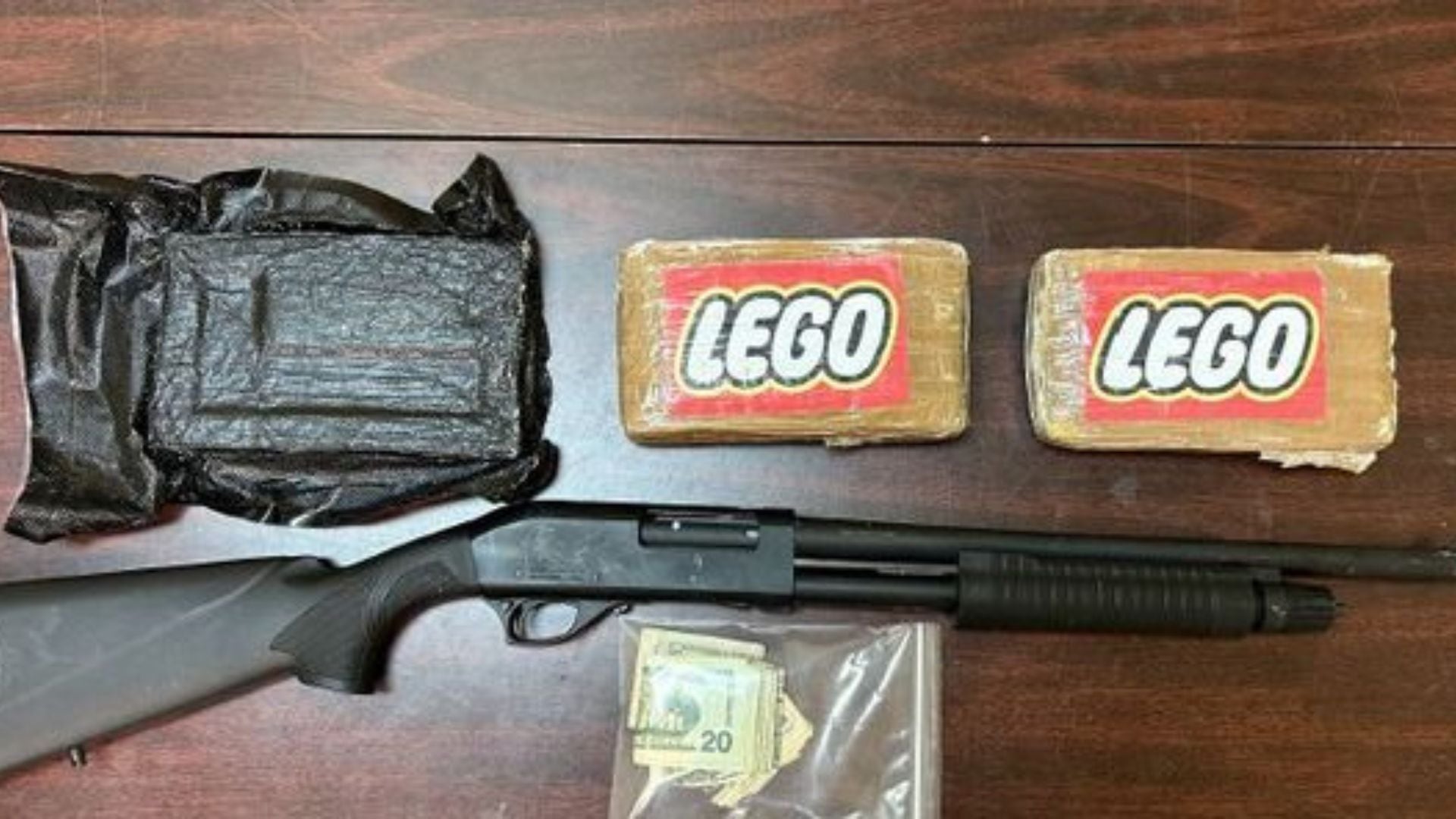S.C. Supreme Court upholds state’s 3 execution methods, including firing squads
COLUMBIA, S.C. - The South Carolina Supreme Court on Wednesday upheld the state’s three methods of execution.
The state’s highest court, in a nearly 100-page opinion, said the firing quad, electric chair and lethal injection, along with the state’s death penalty itself, are legal.
The ruling in Owens v. Stirling came on Chief Justice Don Beatty’s last day on the bench, as he has reached the mandatory retirement age of 72.
South dominates U.S. in human trafficking, FBI statistics show
From 2013 to 2022, data shows more than 8,700 reported incidents involving human trafficking. Over 4,500 were reported by Southern agencies, making up 51.5% of reports.

All five justices agreed with at least part of the ruling, opening the door to restart executions in a state that hasn’t put an inmate to death since 2011
The opinion came in response to a legal challenge filed by four death-row inmates who sued the state when they faced having to decide between death by electrocution or by firing squad when South Carolina’s supply of drugs for lethal injections had run out.
Lawmakers authorized the state to create a firing squad in 2021 to give inmates a choice between it and the old electric chair. The inmates sued, saying either choice was cruel and unusual punishment prohibited by the U.S. Constitution.
But back in September, Gov. Henry McMaster and the South Carolina Department of Corrections told the state’s Supreme Court that a “shield law” ed by the General Assembly meant it could begin carrying out lethal injections again. The shield law was necessary to protect the identities of companies that sold the state the drugs necessary for carrying out lethal injections. Those companies refused to sell those drugs until a shield law was in place.
Warrants detail counts against Aiken teen in Myrtle Beach murder
18-year-old Gary Abraham, of Aiken, is charged in connection with the death of 16-year-old Jakolbi Taylor in Myrtle Beach

The state has been able to secure pentobarbital for carrying out an execution by lethal injection under a one-drug protocol that the South Carolina Corrections Department’s policy was revised to include, the governor’s office said.
The Supreme Court allowed the inmates to add arguments that the shield law was too secret by not releasing the potency, purity and stabilization of lethal injection drugs.
“The Supreme Court has rightfully upheld the rule of law,” Gov. Henry McMaster said in a statement. “This decision is another step in ensuring that lawful sentences can be duly enforced and the families and loved ones of the victims receive the closure and justice they have long awaited.”
South Carolina has 32 inmates on its death row. Four prisoners are suing, but four more have also run out of appeals, although two of them face a competency hearing before they could be executed, according to Justice 360, a group that describes itself as fighting for the inmates and for fairness and transparency in death penalty and other major criminal cases.
S.C. deputies seize 7 pounds of cocaine disguised as LEGOs
Deputies said they went to a house to talk to a man about failing to pay child . What they found there got the dad arrested.

The state said in its argument before the state Supreme Court in February that lethal injection, electrocution and firing squad all fit existing death penalty protocols.
“Courts have never held the death has to be instantaneous or painless,” Grayson Lambert, a lawyer for Gov. Henry McMaster’s office, wrote.
But lawyers for the inmates asked the justices to agree with Circuit Judge Jocelyn Newman who stopped executions with the electric chair or firing squad.
She cited the inmates’ experts, who testified at a trial that prisoners would feel terrible pain whether their bodies were “cooking” by 2,000 volts of electricity in the chair, built in 1912, or if their hearts were stopped by bullets — assuming the three shooters were on target — from the yet-to-be used firing squad.
Copyright 2024 WRDW/WAGT. All rights reserved.















